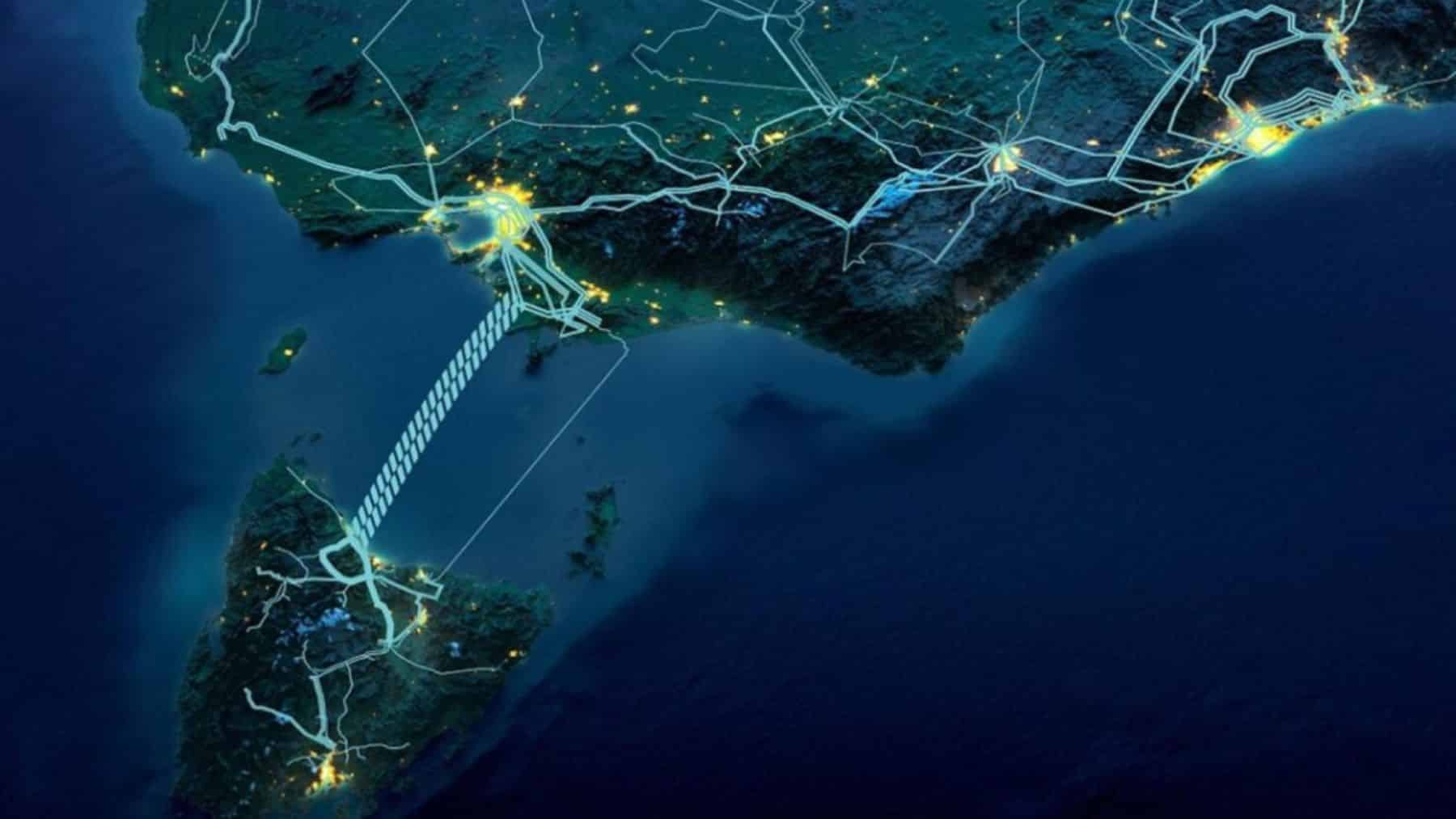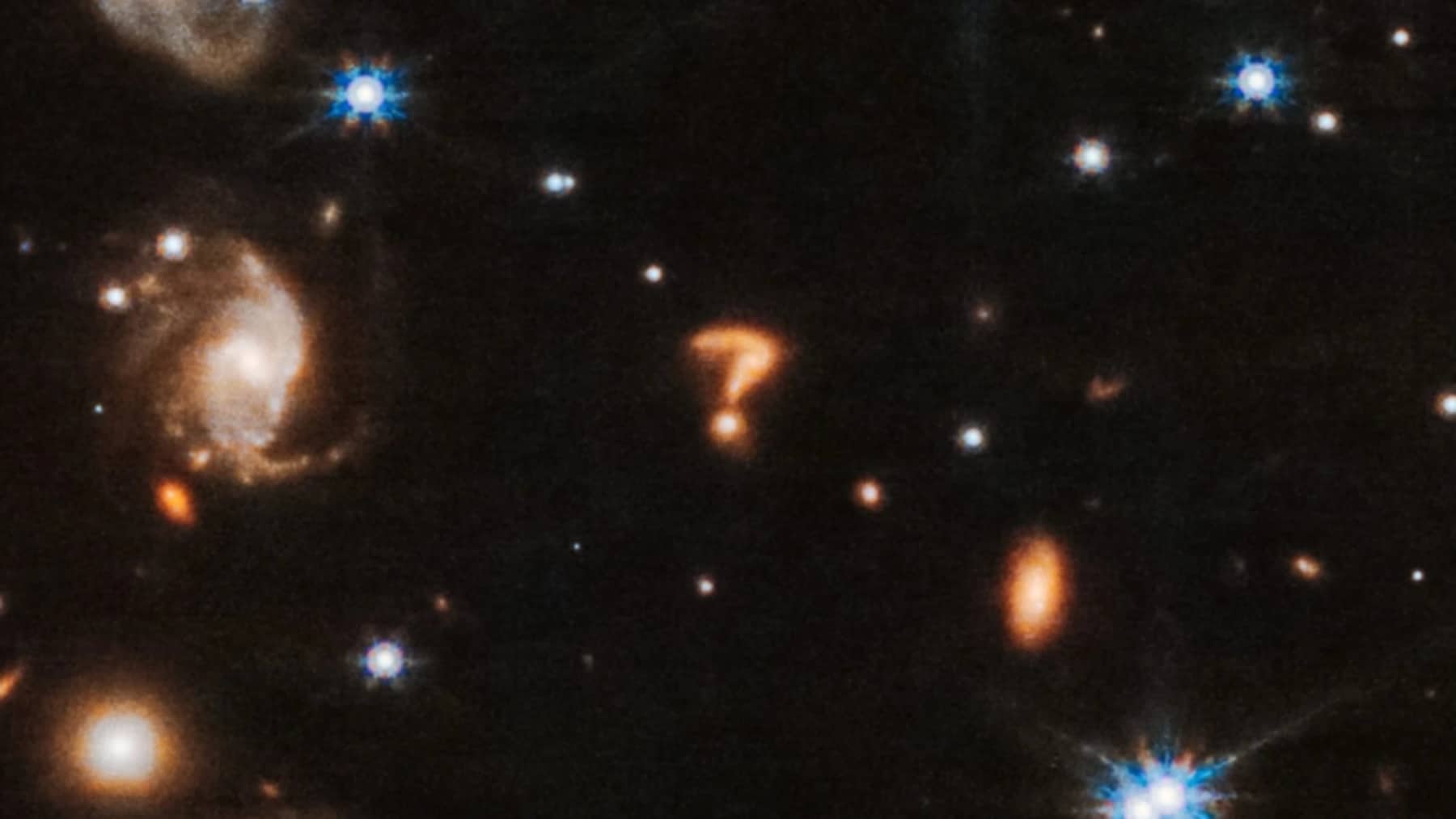A linking project that will connect two continents
A look back at history showed that Earth’s coastlines were formed more or less 8,000 years ago due to melting glaciers that ended the final Ice Age. When the glaciers melted, the global sea levels began to rise. During this time, Australia was part of the supercontinent called Sahul, which also included Papua New Guinea and was linked to Southeast Asia via land bridges.
When the land bridges vanished beneath the sea, Australia and Southeast Asia drifted apart. With the Australia-Asia Power Link (AAPowerLink) project that was conceptualized in 2018 by SunCable, the space between the two continents will be bridged through renewable power.
A key aspect of the project is connecting Powell Creek in Australia’s Northern Territory to Singapore, and the project will focus on covering more or less 5,100 kilometers. This is a $30 billion project that looks at how modern infrastructure can define how nations view energy production and transmission.
The AAPowerLink project, the world’s largest energy project
- 4 GW will provide power to Australia’s domestic grid around the Darwin region.
- 2 GW will be transmitted across the sea to provide power for up to 15% of Singapore’s electricity needs.
A project facing a considerable number of challenges
While the construction needed for the AAPowerLink project will create 14,000 jobs, the project is not without its challenges. Having the potential to provide $13,4 billion towards the Australian economy over 35 years, SunCable was placed into administration. The timeline proposed by SunCable faltered because of missed milestones.
Thanks to immediate action by FTI Consulting, the project gained momentum and secured AUD 65 million in emergency funding. Environmental approval was thus gained, and the government gave the project the green light as well. Further investment decisions will be undertaken by 2027, and energy transmission is projected for the 2030s. Australia and Asia are linked by the longest cable on Earth.
The planet’s energy future is secured by the AAPowerLink project
The project provides a global template for the energy future that considers the transportation of power from resource-rich nations to cities that are hungry for energy. Transportation of energy will be done via long-distance cables.
This makes sense since countries, like Singapore, import 95% of their energy. The AAPowerLink will cut CO₂ emissions by approximately six million tons per year. The idea is also to direct energy to Indonesia and beyond, ensuring that countries around the world become less dependent on fossil fuels.
The various continents are being linked by clean and renewable power. While maps will not literally be changed when the gap between continents is bridged, mindsets will surely change. Australia, however, is not stopping there. Australia is planting a second solar tree to beat coal and hydrogen.














